Our platform allows for the ingestion of alarm and event information from your NMS infrastructure (such as LogicMonitor, New Relic, Nagios, or Dynatrace), enabling us to receive alarms from a simple network monitoring tool or a whole suite of monitoring tools (everything from application management to traditional network management to optical or physical layer management systems). If you don’t currently use an NMS or aren’t satisfied with your instance, hosted solutions like LogicMonitor, New Relic, or iMonitor (our headless alarm management platform) are available. Integrating these NMS tools with the AIOps platform ensures seamless alarm and event management—a key service differentiator.
INOC combines end-to-end technical and operational expertise into an outstanding service package. They supported a complex optical network connecting multiple data centers with a level of organization and process efficiency that was impressive. Turnup was streamlined, painless, and transitioned smoothly into excellent ongoing 24x7x365 support.”


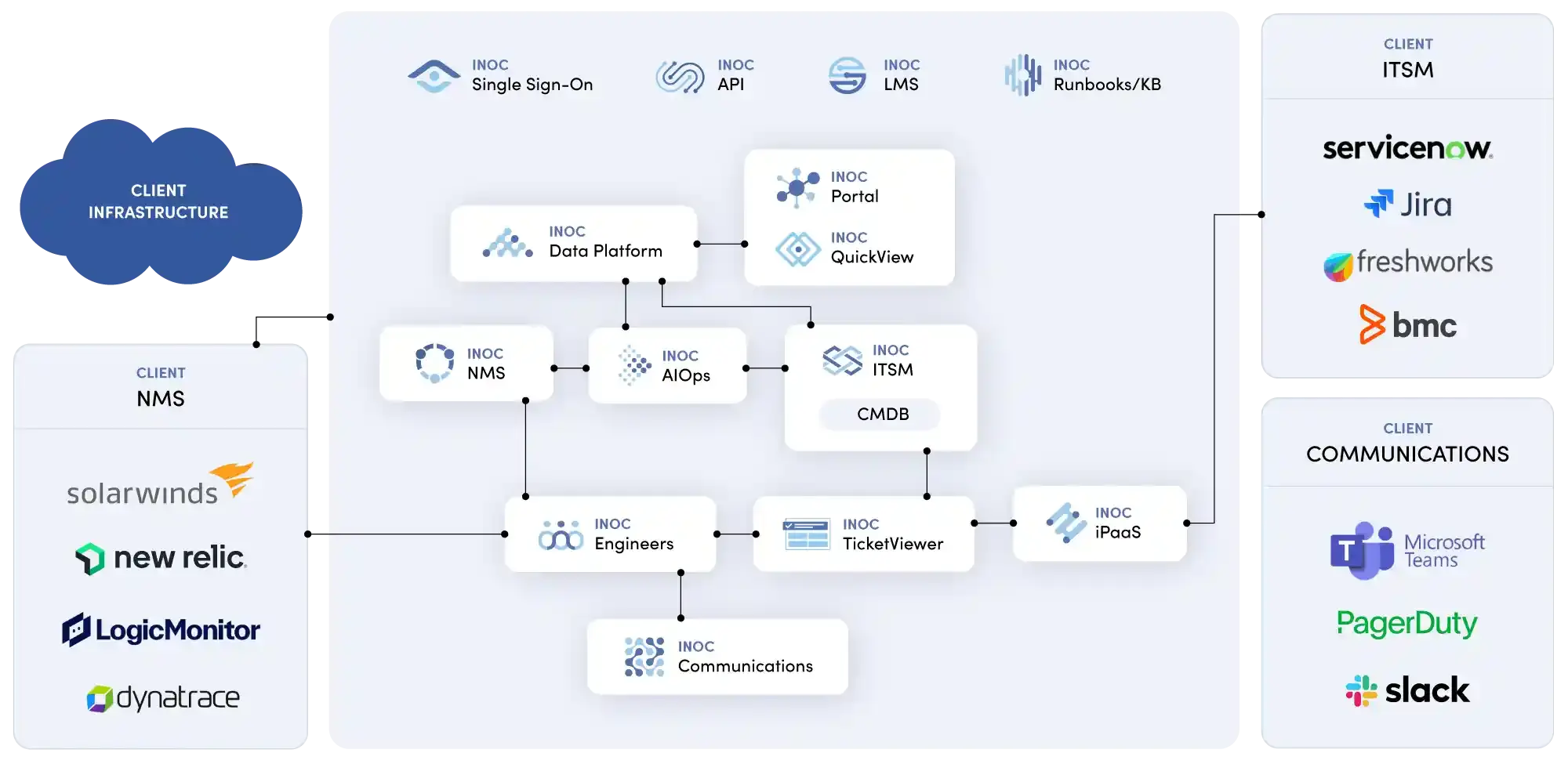

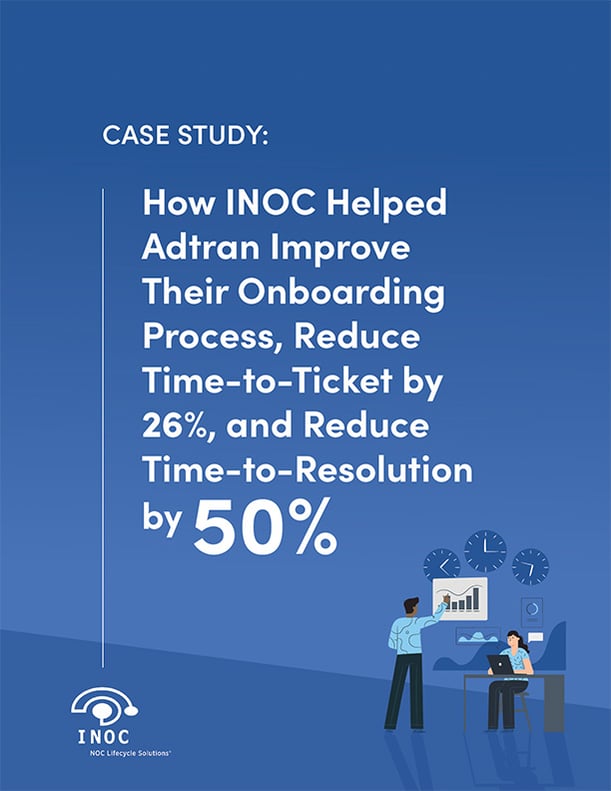


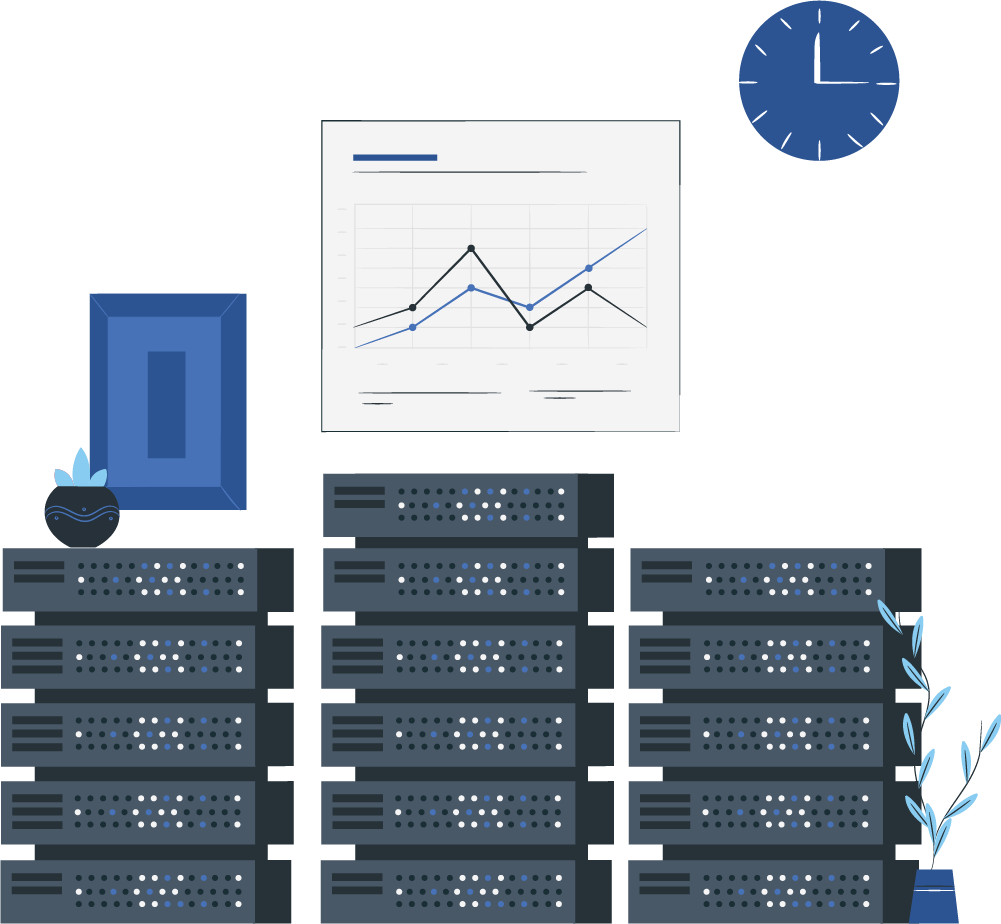

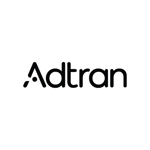

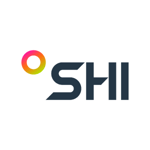
 Adtran
Adtran
 AT&T Business
AT&T Business
 Digital Reality
Digital Reality
 SDI Presence
SDI Presence
